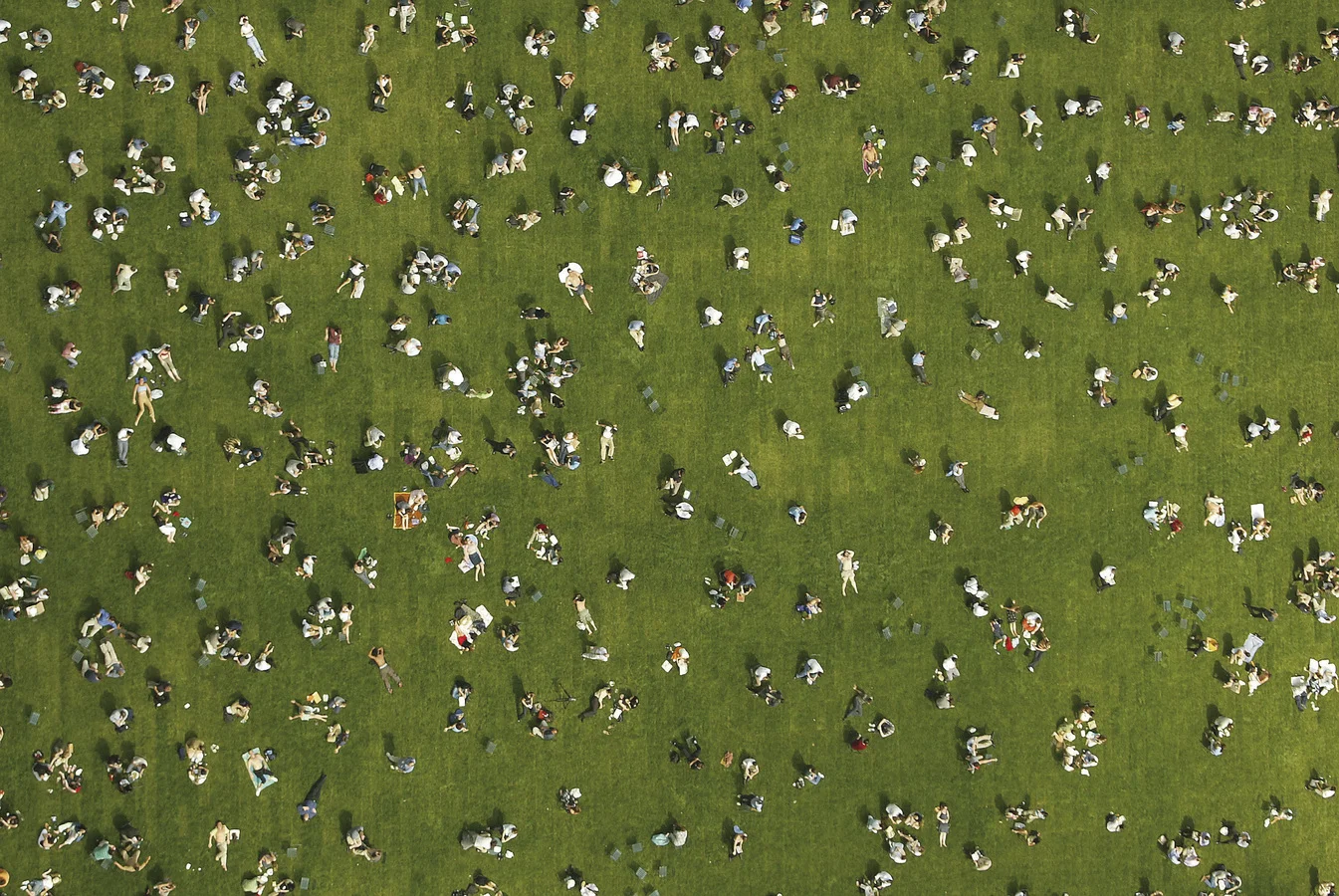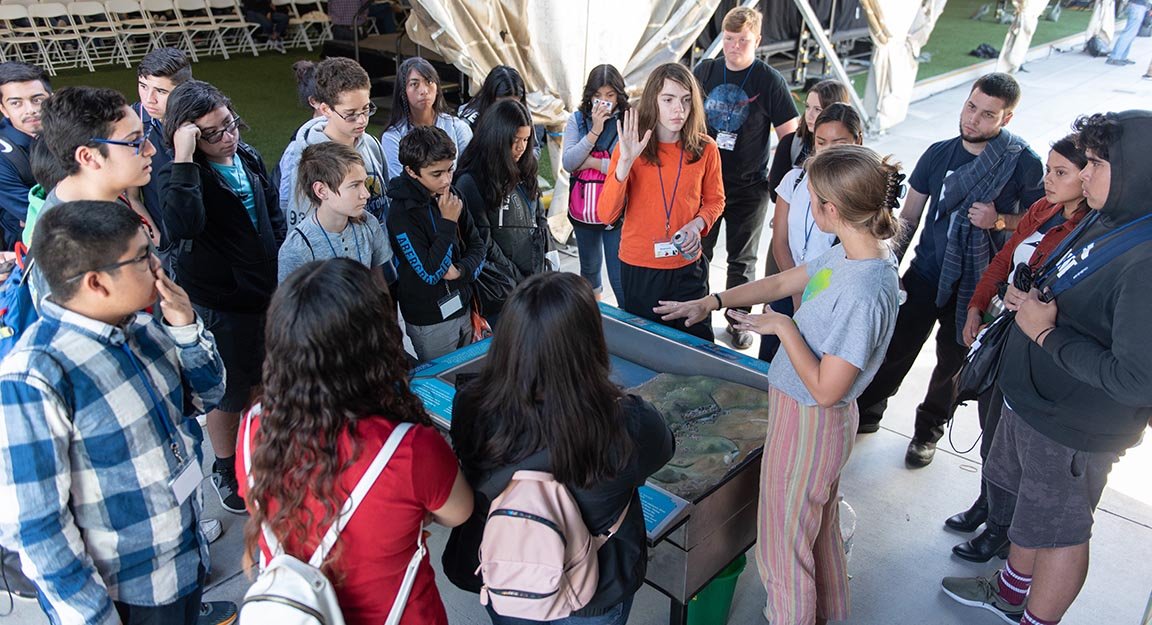We Believe Public Parks Are Among The Great Cultural Achievements of Humankind.
Complex products of our past, present, and future, parks are mirrors of our collective culture at its best. They are vibrant social commons, the mixing grounds of economic status, race, nationality, and ability that represent the democratic ideal underpinning a truly whole society.
In the face of ongoing global forces of population growth, urbanization, migration, and climate change, OLIN remains dedicated to shaping cities as resilient centers of cultural vibrancy, public health, and natural integrity. Parks represent the generosity of human spirit and nature that makes the increasing density and intensity of our cities possible. As reflections of the challenges we face as a society, parks can also be active agents of change for the better—through programming and design that fosters healthy lifestyles, youth and intergenerational development, and by stabilizing neighborhoods and enhancing land value around them. More than just the places where buildings aren’t, parks play an active role in shaping the urban life of our cities.
Recognizing the central role of the public realm, we work in a continuum of public space from plazas in the densest urban core to the larger, more remote landscapes that provide respite from the intensity of urban life and sustain our connection to nature. Great cities are also the best tools to preserve the rural and distant wilderness spaces that nurture our spirit, minds and bodies. Parks allow people to be a part of, not apart from, nature.
We believe that even one great park can help make the world better.
48 YEARS AND STILL CURIOUS
At OLIN, we’ve spent the last 48 years designing for the public realm, integrating lessons from our other practice areas. We’re relentlessly curious. We consistently strive to understand and untangle the intricacies of how public space works across the globe and in all its forms, from tiny pocket plazas and serene gardens, to bustling urban centers, to college, cultural, and corporate campuses, to big-picture planning for districts, corridors, and entire citywide systems.













































